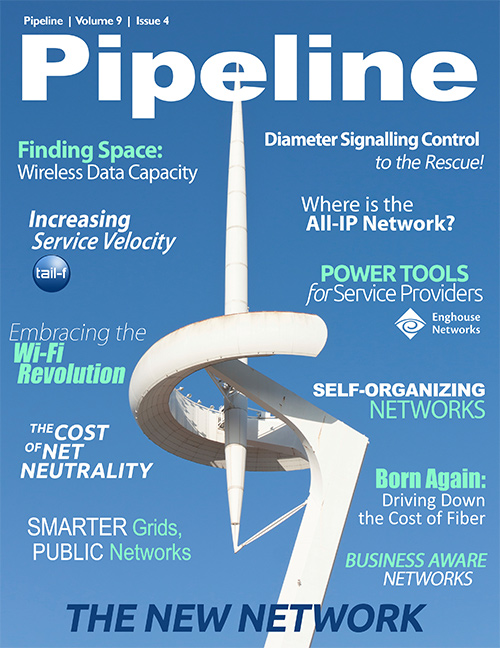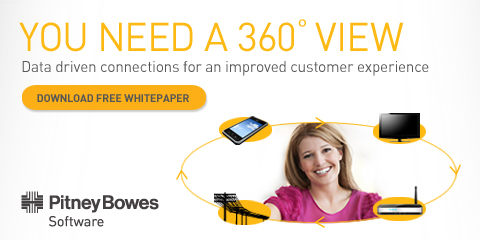Common Ground: Smarter Grids, Public Networks
In the past, there has also been a divergence of objectives between the utilities’ telecom needs and the telco’s commercial offerings. Telecom networks’ profits were driven by content and billed by the minute. Utilities required iron-clad availability. They didn’t generate a significant volume of data traffic, but the data they sent had to “get there.” So the two industries’ drivers were fundamentally different.
As telcos marketed network ubiquity, bandwidth and speed, utilities asked for service guarantees that telcos could not meet.
What’s changed?
Today, grid modernization is driving exponential growth in data traffic, which is driving a need for bigger, better, faster networks, primarily wireless ones. The pace and scale of network growth for utilities is outpacing their traditional willingness and ability to build those networks for themselves. Thus utilities are taking a second look at partnering with telcos.
Today, every major telecom company has a business division and technology support dedicated to power utilities. The most common question on their minds is: What do we need to do to provide network services to a power utility?
The good news for telcos is that while certain applications such as protective relaying and SCADA still require high availability and time critical message delivery, some newer Smart Grid applications do not require these high levels of time-critical reliability.
For example, if a small percentage of smart meters’ usage data doesn’t reach the system’s head-end on one read, they’ll make it through on another. Meter data traffic is not mission-critical. On demand, remote access to substation IEDs (intelligent electronic devices) provides operators with the ability to implement software updates, receive diagnostic data on the asset’s condition and schedule maintenance accordingly. Again, speed and reliability are not critical.
So we’re seeing the network needs of a smarter grid align more closely with the sorts of products and services that telcos can and want to provide to utilities. Opportunities abound where standards for reliability and security on the utility side dovetail with reliability and security on the telco side. Fruitful areas for collaboration include backhaul for automated meter reading, demand side response, interconnection to distributed resources and interconnection to electric vehicle charging points.





















